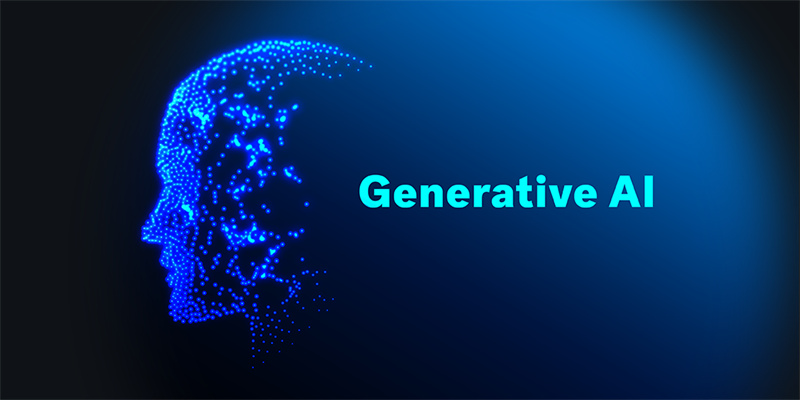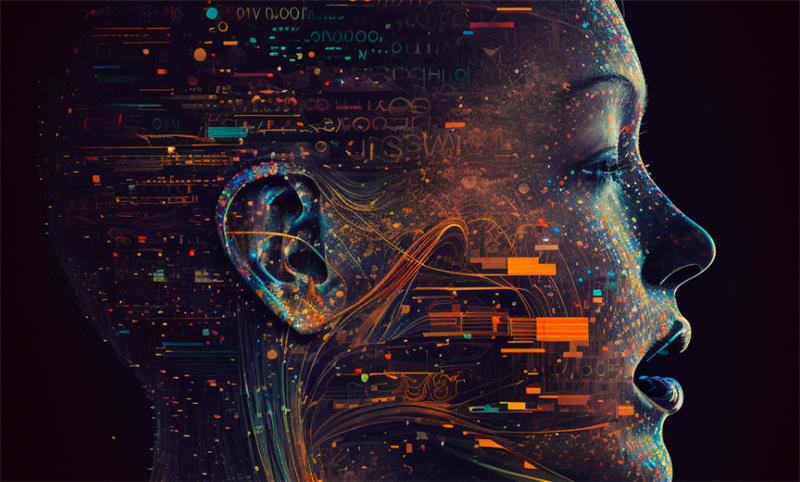It’s improving games, it’s undertaking tedious tasks, and, most interestingly, it’s making, or at the very least informing decisions. Read more about generative AI in decision-making here.
AI has been on the tip of everyone’s tongues since the start of 2024. Some might have thought it was just hype, but here we are over a year later and AI is still being discussed and used around the world. It’s improving games, it’s doing tedious tasks, and, most interestingly, it’s making, or at the very least informing decisions. That might scare some to begin with, but when you see the uses it can help with, it’ll be easy to see why generative AI is being used in just about every industry.
So, let’s dive deeper. Read on to find out what role generative AI can play in decision-making.
What is generative AI?

First, to explain what we are really talking about, we have to define generative AI. Generative AI is a specific form of Artificial Intelligence that has been developed and deployed to focus on generating new content, rather than simply analysing existing data. It aims to mimic human intelligence to create novel ideas in a variety of formats, including, text, images, video, audio, etc.
It’s the difference between asking an AI to answer a question that can be found on Google with a paragraph or asking for a paper on the same topic.
Gathering
AI doesn’t necessarily need to make decisions in place of human decision-making, but its most helpful use is getting you to the point of a decision. Generative AI may be most useful for gathering information and viewpoints to make more well-rounded decisions, such as AI in Finance that might inform whether a loan is approved, for example. They can comb through far more websites and sources for information than humans can and deliver the facts.
This solves a long-reported problem with modern news, for example, where viewers criticise giving “airtime” to hear both sides, in serious matters that don’t merit hearing the other side. AI will simply offer you up the facts and if there is no clear argument for the other side, it is not going to find one.
Summarizing
However, combing through all of these websites is not fun and is time-consuming. Often you get halfway through a long article before you realise it’s not going to answer the question you are asking. Generative AI is better at condensing everything it has found into a short paragraph, with the option to ask for a more in-depth analysis.
Additionally, they can provide useful insights that human decision-makers may overlook.
Generating

Once you’ve made a decision, the natural next step is to then generate a decision in a form that can be easily absorbed by others. Generative AI tools could be used to generate reports, analyses, and recommendations to inform complex decisions, all with a lot less effort and time on the part of the decision-maker.
They can focus on the task at hand: making the decision, which is the most important part that AI should arguably not be a part of.
Conclusion
Generative AI has a lot of uses, however, it’s best to keep the definitive decision to humankind. AI is better at informing, summarising, and then presenting decisions.
